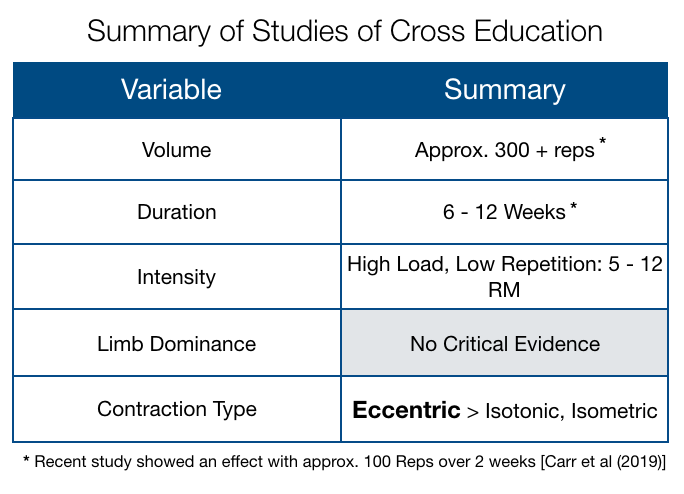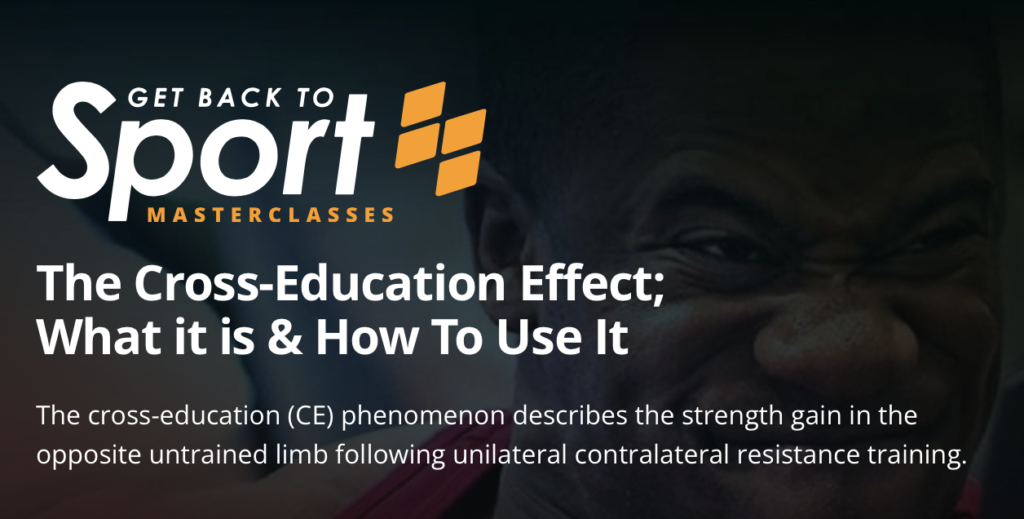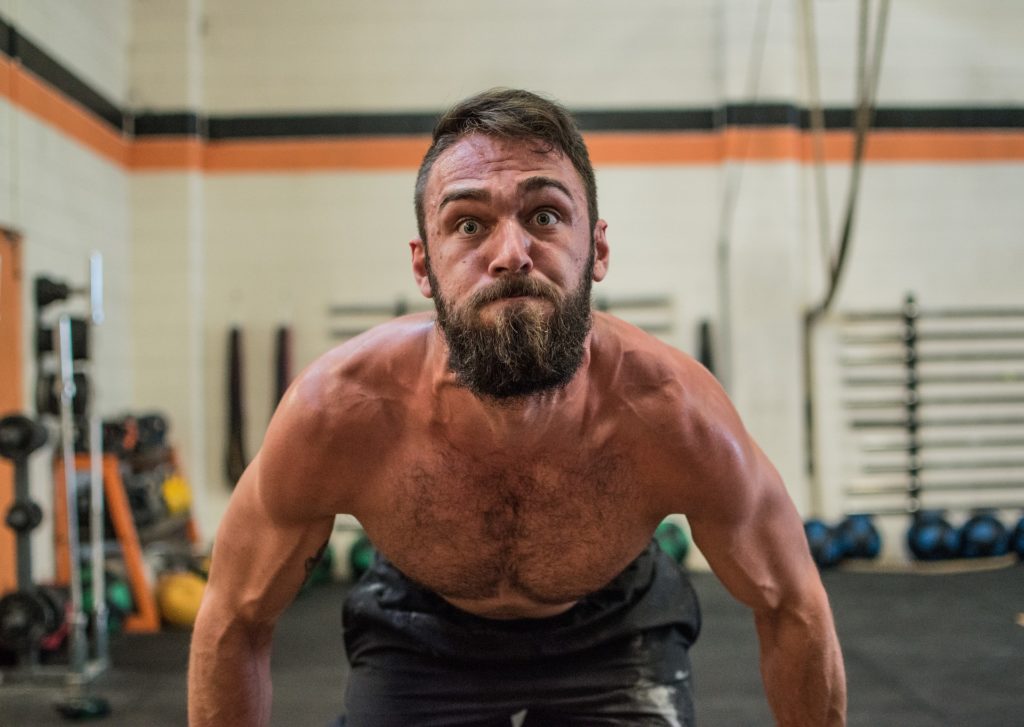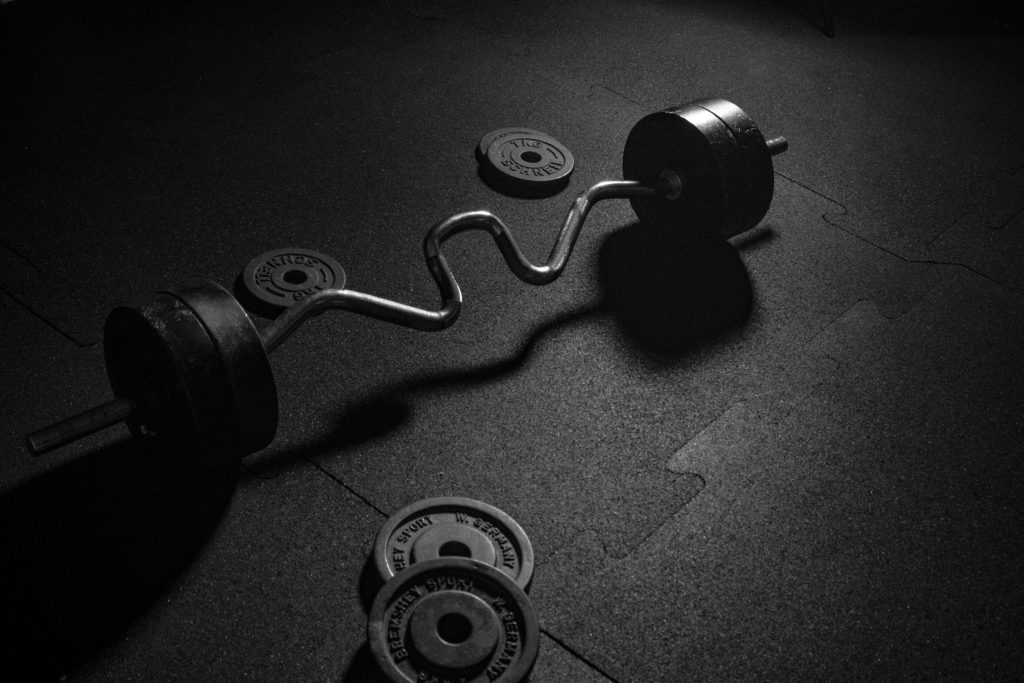So, we’re in week 6 of Strength and Conditioning focussed on rehab…and still going strong 🙂
Whilst this wasn’t a direct question from Twitter, the Cross-Education Effect is something I tend to cover quite a bit in my courses, and we’re just writing up the results of our recent clinical trial (exciting!) ….. I wrote about this back in 2017, and thought it pertinent to address it again because of its potential utility in rehab.
What is the Cross-Education Effect?
The cross-education phenomenon describes the strength gain in the opposite, untrained limb following unilateral resistance training of the ‘trained’ limb.
Yes, that’s right…strength gains can be achieved in a non-exercised limb….if you design your protocol correctly.
Unilateral Injury
Typical of orthopaedic and MSK populations are single limb injuries / immobilisations and, or, surgeries. We know the consequences of these can mean significant muscle deconditioning and atrophy. Hmmm, can we do something about that? How about a cross-education rehabilitation intervention???
A recent study demonstrated a 10% loss in quadriceps muscle strength of young health males following only 5 days immobilisation in a cast!**
How To Train The Injured Limb
It was around 2016 when I started to design a clinical trial in collaboration with Dr Andrea Bailey at the RJAH Orthopaedic Hospital in the UK. I’d become aware of the tremendous decline in muscle function both pre- and post-operatively in knee and hip OA ,and joint replacement patients, respectively, during prior a research fellowship at the Royal Infirmary of Edinburgh. I realised that even if you did have all the resources and time in the world (ahem), pain for one was a significant limiting factor to restoring strength.
I started to look into the cross-education effect, thinking there were bound to be volumes of research studies investigating its utility in orthopaedic populations. To amazement, there wasn’t!
All that you need to know about the Cross-Education Effect & how to use it in clinical practice, click here
The Cross-Education Literature
The cross-education effect phenomenon is well-documented in the sports performance / exercise physiology literature, however, only recently has it received attention in the rehabilitation and clinical literature – surprising huh? (I have to say here, that the stroke researchers are well ahead of us – this is old news to them!).
Perhaps the first well-controlled study to explore this phenomenon with an orthopaedic application was by Farthing et al. in 2009. They simulated unilateral injury by means of cast immobilisation of the left arm and during that time resistance trained opposite right arm.
As predicted, once the cast was removed, muscle strength changes were observed. There was a 14.7% decrease in strength of the casted arm of the group who received no training (Cast group), but no significant change in strength of casted arm in the trained group (Cast-Train group) – i.e. those who received training on the opposite side. See figure below:

At the time of starting our clinical trial in 2017, which explored the cross-education effect in ACL-reconstructed patients, there still was very little by way of research in orthopaedic populations … and yes, were were hoping we’d be the first to publish! Alas not, we’ve been pipped to the post.
Nevertheless, whilst we write our paper and present our results on the effects of strength training on contralateral strength, rate of force development, functional and patient-reported outcomes, we’re able to refer to 3 similar studies published this/last year (see below for the references if you’re interested). This is a good thing for patients.
Clinical Utility
So, is the cross-education effect potentially useful for patients? Well, if we base our conclusions on the amalgamated evidence in healthy populations, the findings of immobilisation studies and the studies now emerging in clinical populations, I say potentially yes. However, the protocol needs to be potent and specific enough to elicit these effects.
What’s the magic formula?
Difficult to say with any degree of precision because of the heterogeneity of methods between studies, also, it’s likely to depend on the initial training status of the individual. However, here’s a broad summary of the literature that has investigated improvements in strength in the untrained side via cross-education.

Pretty broad huh? I think the most important things are to get the intensity of the intervention right, which is strength-training in focus: high load, low repetitions (some (and us) used 5RM, others 8-12RM), adequate rest between sets (1.5 – 2mins) and dose of approx 2 times per week.
Studies using eccentric contractions show a little more promise, however, if you’re stuck to generate that overload, isometric contractions has also been shown to work.
Duration? Well, you might get an effect in just 2 weeks according to recent study (Carr et al, 2019) [Protocol: 80% MVC (isometric) held for 5s x 5 sets; 2-3 times per week; elbow flexor muscle group; healthy untrained males). Although few studies have investigated this length of training.
In summary, the evidence is there that with the appropriate specificity, strength gains in the opposite, untrained limb following unilateral resistance training of the ‘trained’ limb can be achieved. From a clinical perspective, evidence is mounting that this might transfer in to the attenuation of strength losses post-injury, surgery, or immobilisation.
IT’S HERE! Learn all about the Cross-Education Effect and how to use it in clinical practice
References
* Farthing et al (2009). Strength training the free limb attenuates strength loss during unilateral immobilization. J Appl Physiol 106: 830–836
** Wall BT et al. (2014) Substantial skeletal muscle loss occurs during only 5 days of disuse. Acta Physiol (Oxf). 210(3):600-611.
Carr et al (2019). The time course of cross‐education during short‐term isometric strength training. European Journal of Applied Physiology (Epub ahead of print] https://doi.org/10.1007/s00421-019-04130-9
Harput et al (2019). Cross-education improves quadriceps strength recovery after ACL reconstruction: a randomized controlled trial. Knee Surg Sports Traumatol Arthrosc. 27(1):68-75.
Zult et al (2019). Cross-education does not improve early and late-phase rehabilitation outcomes after ACL reconstruction: a randomized controlled clinical trial. Knee Surg Sports Traumatol Arthrosc. 2019 Feb;27(2):478-490.
Zult et al (2018).Cross-education does not accelerate the rehabilitation of neuromuscular functions after ACL reconstruction: a randomized controlled clinical trial. Eur J Appl Physiol. 2018 Aug;118(8):1609-1623



